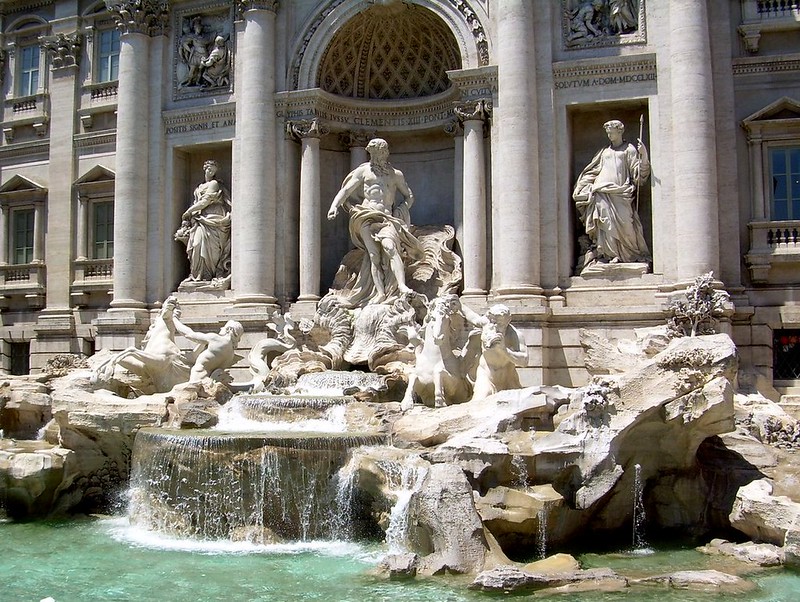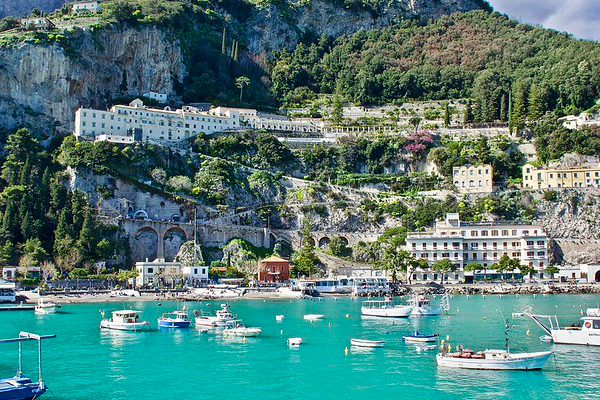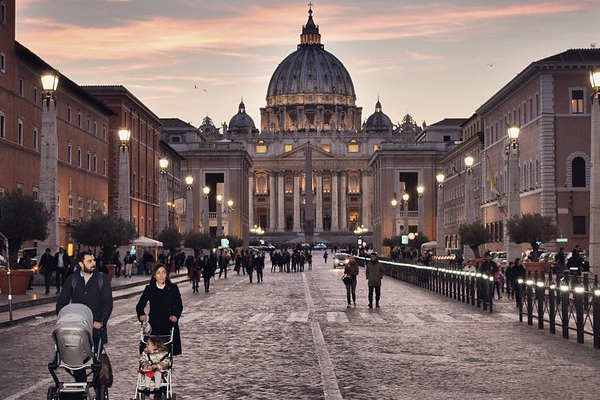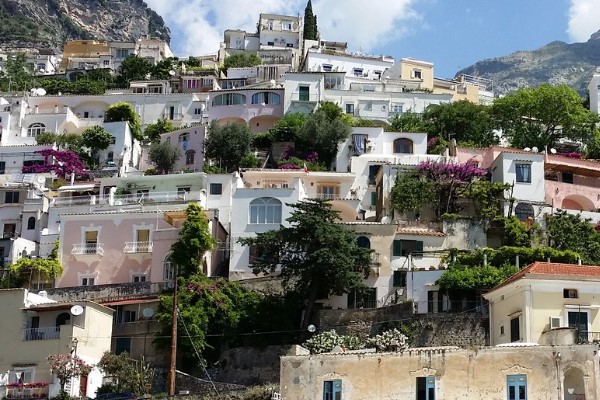While Nicola Salvi is usually credited with the current design of the Trevi Fountain, this iconic fountain has a lot more history to it than one man.
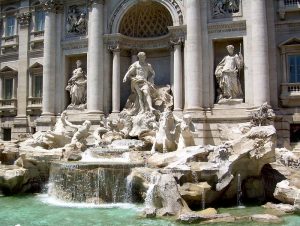 |
| Trevi Fountain in Rome, Italy |
The history of the Trevi Fountain dates right back to when the Ancient Romans built the aqueduct that supplies the fountain’s water. Many artists, architects, sculptors, popes and restorers have had their hand in the creation of the Fontana di Trevi over the years, but like they say, Rome wasn’t built in a day!
The fountain’s origins
The Trevi Fountain stands on the arrival site of the Acqua Vergine aqueduct that transports water to the city from the Salone Springs, around 22 kilometres away. The legend is that the source was discovered by thirsty Roman soldiers who were led to the spring by a young girl, giving the aqueduct its name. The original aqueduct was constructed by the Ancient Romans around 19BC, but it fell into disrepair with the fall of the Roman Empire. When Pope Nicholas V ordered the aqueduct be restored in 1453, he also commissioned Renaissance architect Leon Battista Alberti to construct a simple fountain where the Trevi Fountain now stands.
The Trevi Fountain we know and love
In 1629, Pope Urban VIII commissioned Baroque sculptor Gian Lorenzo Bernini to design a more opulent fountain he felt would be more suited to the importance of the site. Unfortunately, the project was abandoned when the pope died, and while Bernini’s designs were never realised, his influence is visible in the final work. Several other designs by architects and artists of the time suggest that successive popes continued to entertain the idea of building a monumental fountain on the site, but it wasn’t until 1732 when work finally began on its construction. The new design, by Roman artist Nicola Salvi, originally came second in a competition for the planning of the fountain. After an outcry from the Romans that a Florentine artist, Alessandro Galilei, was originally chosen, Salvi won the commission to build the new Trevi Fountain. When Salvi died in 1751, architect Giuseppe Pannini was hired to oversee the fountain’s construction with four sculptors working on the stone decorations. The work was finally completed in 1762 and officially opened by Pope Clement XIII.
The design
The Trevi Fountain is the largest fountain in Rome, standing a commanding 26 metres high and 49 metres wide. The sculptures depict the “Taming of the Waters”, featuring Oceanus representing all the seas and oceans at the centre. His chariot is being pulled by two tritons with horses, representing the two moods of the ocean. To the left of Oceanus stands Abundance, holding a horn of plenty, while to his right is Health holding a cup.
Restorations
After smog build-up discoloured the Travertine stone from which the Trevi Fountain is made, it underwent refurbishments in 1988 and 1998 to scrub and repair the areas of deterioration. The most recent restoration in 2013, was the most extensive and was funded by the Italian fashion house Fendi. It took 20 months and cost €2.2 million to restore the fountain to its former beauty.
Recommended Rome Tours: 1 Day Rome Tour with Colosseum & Vatican
Company: Sightseeing Tours Italy
Price: €101
Related article: Guide to Rome, Italy
This post was originally posted on https://sightseeingtoursitaly.wordpress.com/2020/04/03/who-designed-the-trevi-fountain/

